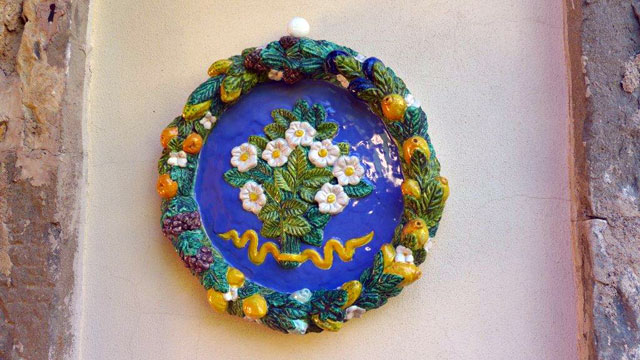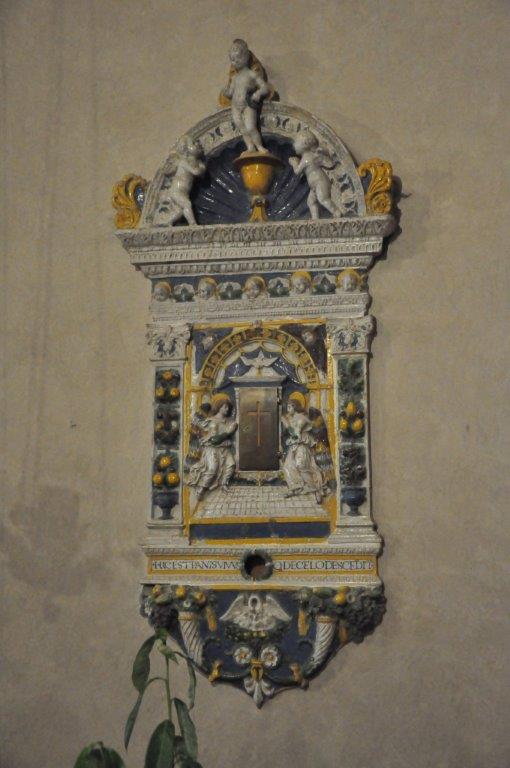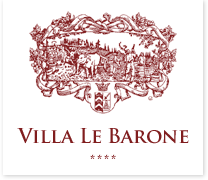
The Della Robbia family of sculptors and ceramists were among the main players in the Italian Renaissance, a time of great cultural change that radiated worldwide from Florence.
Luca Della Robbia was born with the 15th century. His father was a dyer, registered to the guild “Della Lana”(wool) and the name of the family comes from the name “Rubia”, which means “red madder”. One of his first works, in marble, is the “Cantoria” (The Singing Angels), that you can admire in the museum of the Duomo in Florence. But soon Luca began using terracotta, easier to work with than marble, and develops an innovative varnish to protect his works from the wind and rain. Childless, he adopted his brother’s sons and the gifted Andrea, (1435-1525). Together, they develop their workshop, using common inspiration and methods: their “Madonna with Child” is one example of this as the Virgin is white on a blue background with frames made of flowers and colored fruits. Various sizes, various attitudes of the Virgin, but a common inspiration! The Della Robbia’s have a catalog and sell all over Europe with a higher activity over Tuscany and Florence in particular where their works can be admired.

You will find Della Robbia masterpieces in the Duomo, the church of San Miniato al Monte or Santa Croce, on the square of Santa Maria Novella, on the facade of the Hospital of the Innocents, but also- if you know how to look around- in tabernacles at street corners. At Andrea’s death, the workshop is divided between his sons, Luca the young and Giovanni. Giovanni’s works are recognizable by their decorative exuberance and color. Two tabernacles by Giovanni Della Robbia are in the church of San Leolino in Panzano in Chianti, close to Villa le Barone, a Della Robbia’s Villa. In 1529 Giovanni dies and the dynasty of the Della Robbia ceramists disappears little later, hit by the plague… and competition as Benedetto Buglioni, who probably worked in the Della Robbia workshop as an apprentice mastered the secret techniques of enameling (“using more or less honests means” tells Vasari) and set up his own activity.
The art of ceramics is still very much alive in Tuscany, in paticular in Montelupo Fiorentino, a rich heritage left by the Della Robbia.
